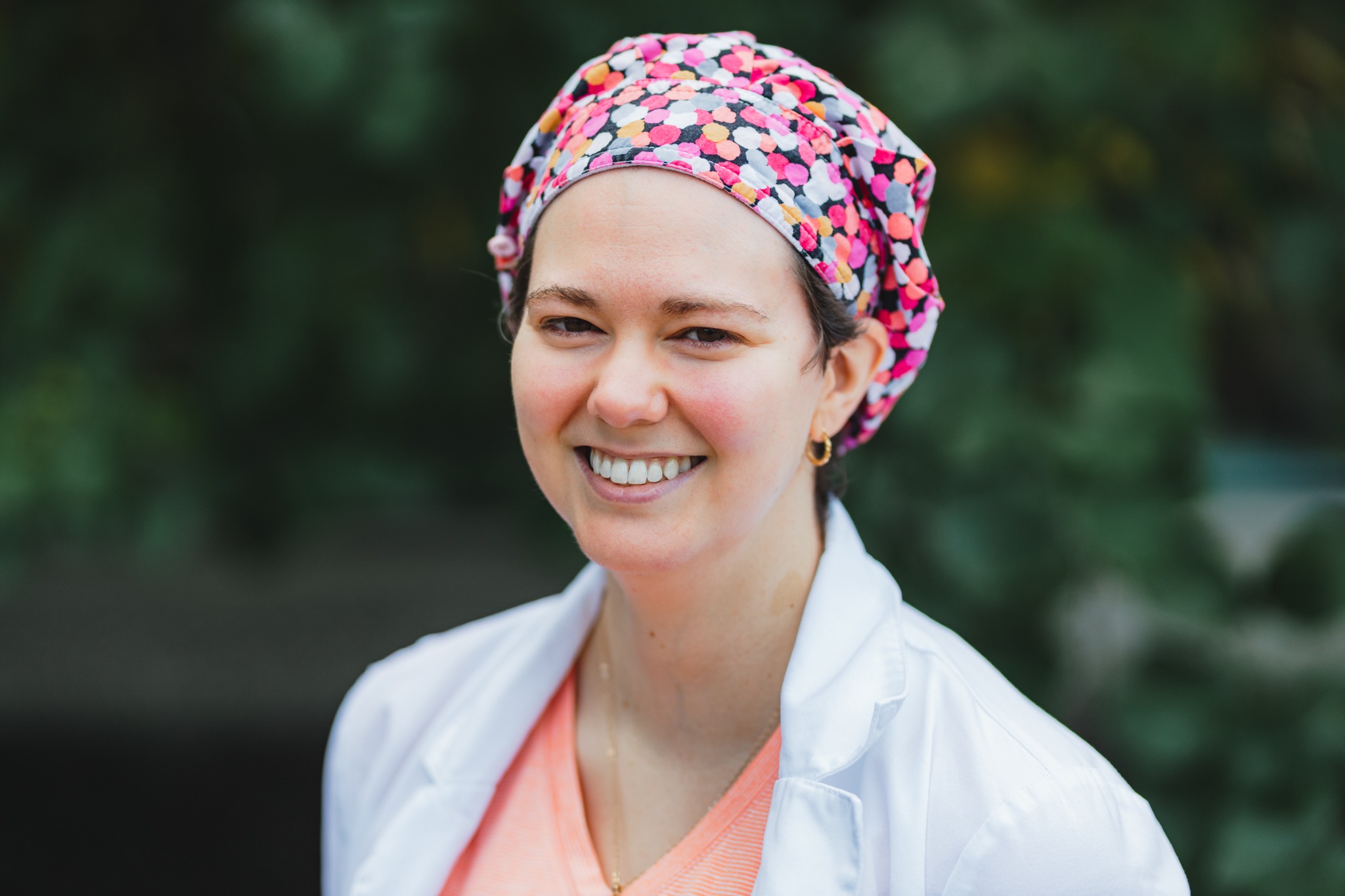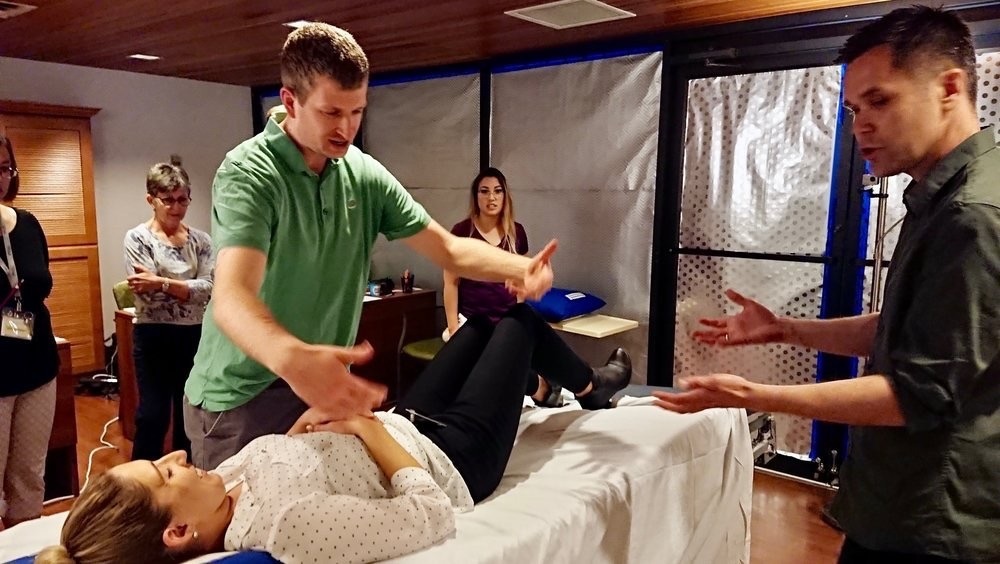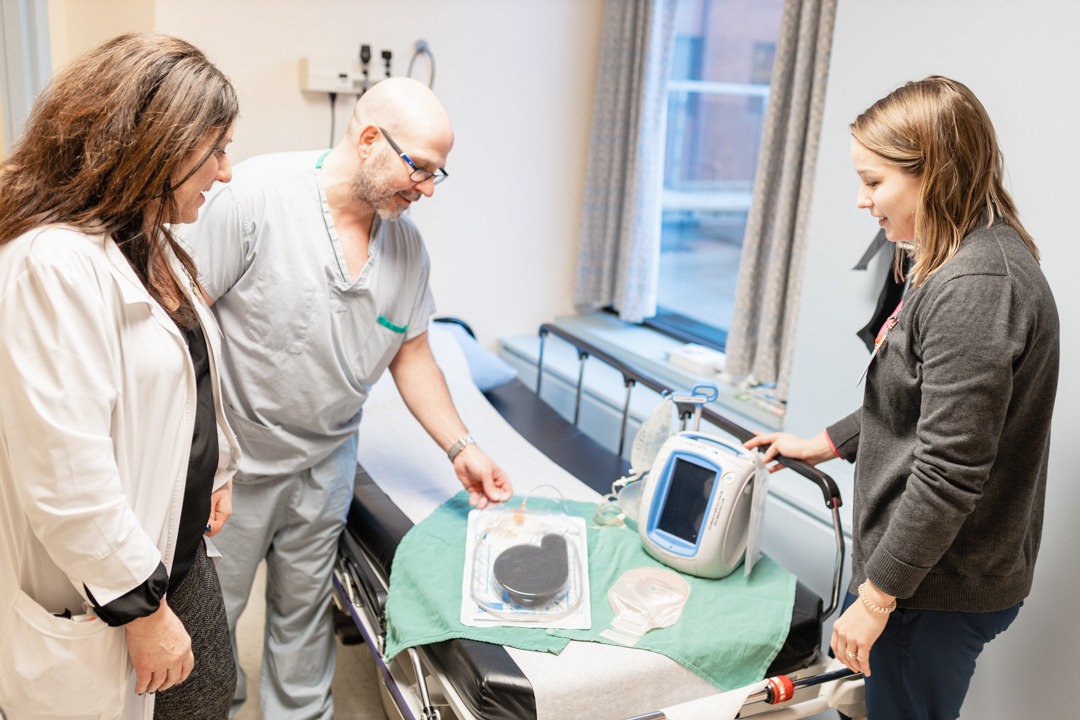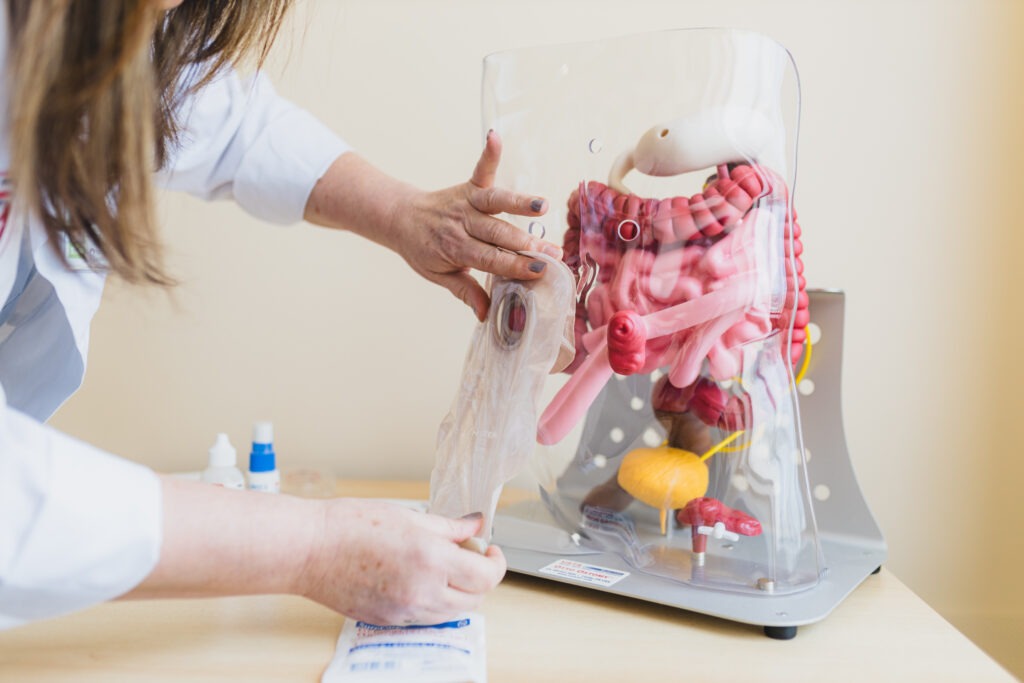
Specialized nursing team prevents pressure injuries and infections
How pressure injuries develop
People can develop pressure injuries in their home environment. But sometimes, pressure injuries start in hospital. A pressure injury, also called a pressure ulcer or bedsore, is damage to skin and tissue under a bony part of the body that has been pressed against a surface such as a mattress or wheelchair.
Due to pressure, less blood gets into these areas and over time a wound can occur. It may start as red area and progress to a very serious wound exposing cartilage or bone. If left untreated, pressure injuries can lead to sepsis, a life-threatening condition caused by an out-of-control response to an infection.
Turning up the pressure — on pressure injuries
Preventing hospital-acquired pressure injuries and sepsis are strategic priorities for Hamilton Health Sciences (HHS), and our team of nurse clinicians specializing in wound, ostomy and continence are key players in this vital, lifesaving work. The 10-member team, made up of specially-trained full-time, part-time and casual nurse clinicians, covers all HHS hospital sites.
In order to specialize in this field, these nurse clinicians must earn a Nurses Specialized in Wound, Ostomy and Continence Canada (NSWOCC) designation. They’re equally qualified in all three areas and their expertise is essential in managing skin changes that can occur in wound, ostomy and continence care.
As well as providing direct care to patients, these nurse clinicians are an invaluable resource to health-care teams across HHS – providing training, mentoring and the most up-to-date information on best practices.
Patient care is enhanced by the hospital’s new digital medical records system, called Epic, which gives health-care teams instant access to best practices for identifying, preventing and managing pressure injuries. The hospital also uses a monitoring system that provides information to clinical teams on how they’re doing with managing pressure injuries, in addition to staff and patient education.
Meet four nurse clinicians specializing in this field:
Enza Browne, HHS Hamilton General Hospital (HGH)
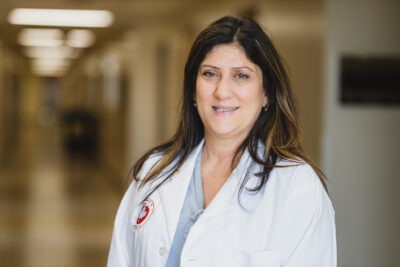 “People often assume that we’re simply changing a patient’s dressing but there’s so much more to our work,” says Enza Browne, who cares for patients at HHS Hamilton General Hospital (HGH). “The truth is, we’re a highly-specialized team.”
“People often assume that we’re simply changing a patient’s dressing but there’s so much more to our work,” says Enza Browne, who cares for patients at HHS Hamilton General Hospital (HGH). “The truth is, we’re a highly-specialized team.”
Browne spends much of her time caring for trauma patients with serious wounds. The dressings Browne and her teammates specialize in are often very complex, involving technology that keeps evolving. Another patient population she often sees are people with diabetes who develop foot and venous leg ulcers. These open, often painful sores can take weeks or even months to heal.
Preventing pressure injuries is a priority across all HHS hospital sites, says Browne. “From our youngest patients to our oldest, health-care teams check the skin for signs of pressure injuries. They identify patients who may be at risk, keeping a close eye on them and constantly assessing them to ensure they don’t develop pressure injuries. My team supports these wider hospital teams in this work, as well as providing direct care to patients.”
Rebecca Dyck, Satellite Health Facility (SHF)

The SHF is primarily for patients who no longer require care as inpatients, and are waiting for transfer to a community-based location such as a retirement home or long-term care residence. Most patients are older adults, so the greatest need tends to be wound and skin care, says Rebecca Dyck.
Nurse clinicians specializing in wounds, ostomies and skin look at the whole patient – including blood work, diet, medications and existing medical conditions. “We’re doing a deep dive into the patient’s history because so many other factors come into play when treating wounds,” says Dyck.
Diet also plays an essential role in healing. “If a patient isn’t eating enough food, or getting enough protein, they won’t have the nutrients needed for the wound to heal properly. They need protein because it’s the main building block for closing the wound.”
Andrea Gambale, Juravinski Hospital and Cancer Centre (JHCC)
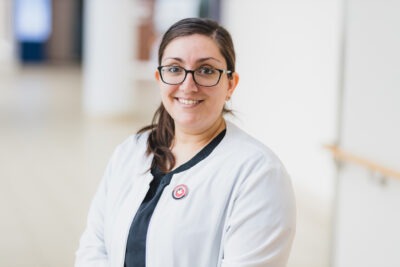
Andrea Gambale works at JHCC, where much of the focus is on supporting cancer patients who undergo ostomy surgery. With this surgery, an opening is created in the abdomen so fecal matter can drain into a bag attached to the patient’s abdominal area. These patients need help learning how to change and manage the bag system, and keep the area clean so they don’t experience skin damage.
“This is a life-altering surgery, especially when it’s permanent,” says Gambale, whose role includes teaching people how to care for their skin around the site, and change and manage their ostomy bag system.
“It can be very upsetting for a patient – who’s already dealing with a cancer diagnosis – to wake up from surgery with this additional challenge of having to use an ostomy bag, possibly for the rest of their life,” says Gambale. “There really is an art to the way we support these patients through this difficult journey. We help them to adjust to this change and move forward with their lives, so they can get back to doing the things they love once they return home.”
Before joining the JHCC team, Gambale worked at the HHS Regional Rehabilitation Centre with spinal cord injury patients. “These patients typically have significant challenges with mobility and movement, so there is a focus on preventing pressure injuries,” says Gambale.
With this patient population in particular, a pressure injury can start in just a couple of hours. “We can’t always prevent pressure injuries, but we can catch them early and work with the patient and our teams to manage the injury and help them heal.”
Stephanie Furtado, West Lincoln Memorial Hospital (WLMH) and McMaster Children’s Hospital (MCH)

